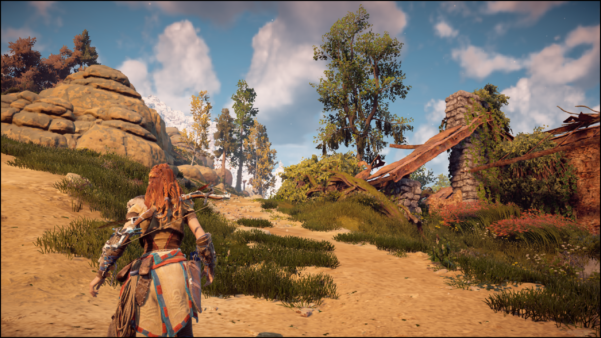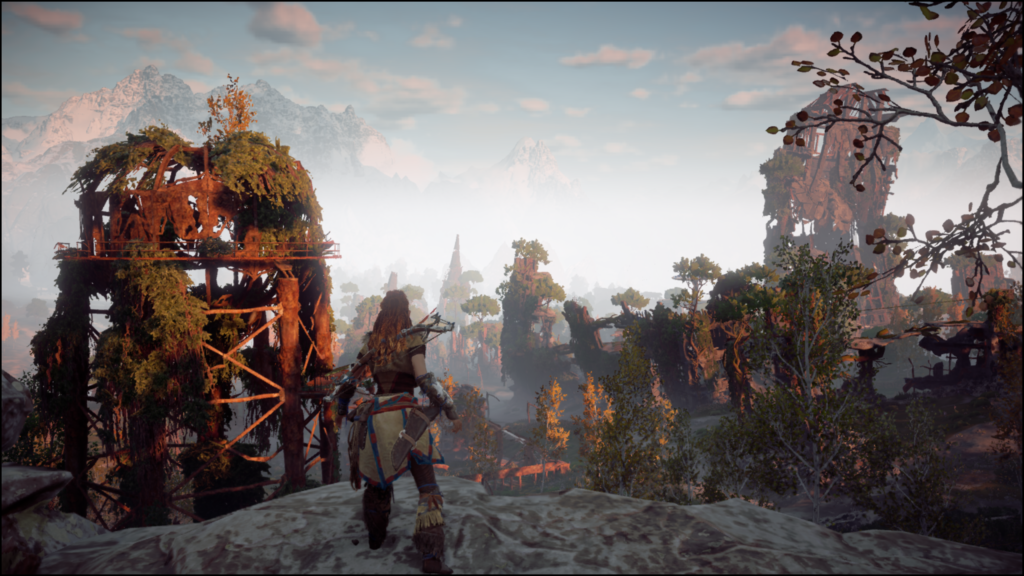Horizon Zero Dawn PC review: A troubled PC port
There was a time where the chances of a PlayStation game coming to PC was an impossibility but Horizon Zero Dawn is the third recent Sony title, with Detroit Become Human and Death Stranding coming before it. It makes sense (and Sony has a history of making laptops): PC’s offer higher resolutions, faster frame rates and mouse and keyboard controls.
I can’t speak for DBH as I didn’t play it on PC but the PC version of Death Stranding was a smooth, trouble free experience for me. Sadly, the same cannot be said for my time with the PC port of Guerrilla’s Horizon Zero Dawn: It’s a gorgeous looking game, but the PC version is hampered by technical issues that mar the experience.
I was talking to the esteemed editor of this publication this week about one of the fundamental differences between console games and PC games. The most simple being with console games you slap in the game disc, click the start icon and it’s up and running. You know that HZD on PlayStation 4 is going to run the same on my PS4, my friends PS4 and my editor’s PS4. The same can’t be said for PC gaming – which I love but it can be a lesson in frustration at times given the myriad configurations of CPUs that PCs have. It must be a nightmare for developers.
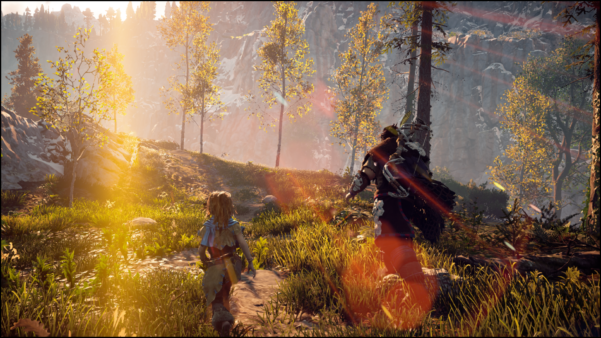
Back to Horizon Zero Dawn, though.
The PC is called the complete edition as it also comes with the Frozen Wilds DLC that was released on PS4. This tells the tale of Nora outcast Aloy and her quest to find out what caused the corruption that is spreading through the land and infecting the machines that inhabit the world.
Before you start the game, it will optimise the game based on your PC components. An onscreen message tells you: “This operation may take a while, please be patient” and it did, indeed, take several minutes to optimise the game for my PC, which has an i5 8400 CPU, 16Gb of PNY XLR8 RGB memory 9running at 2666Mhz) and a Sapphire RX580 GPU 8Gb. The game recommended a mix of medium to high graphics setting.
You can also tweak the graphics settings to adjust things like adaptive performance (which means it sets a target frame rate then dynamically adjusts the resolution to achieve that), target frame rate, dynamic resolution, FPS limt, HDR (if you have a compatible monitor) and Field of View.
The game also has preset graphical options of Favour Performance (low settings), Original (essentially the same settings on PS4 but medium on PC), Favour Quality (high) and Ultimate. I went with a mix of high and ultra setting, reduced shadows, reflections and clouds to medium and set the maximum framerate to 100. A day-one patch was issued the day before launch and I ensured I had the latest AMD Adrenaline drivers (currently at 20.8.1). At the time of writing, a patch had been released 11 hours earlier: 1.01, which was aimed at fixing crash/hang issues and functionality issues.
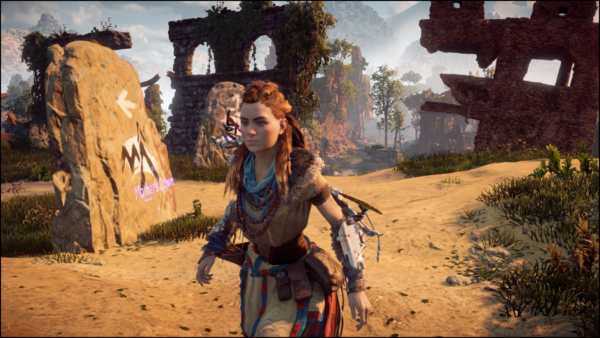
Measure many times, cut nothing.
The game has a nice inbuilt benchmarking tool so I ran the tool across the original, high and ultimate presets, achieving 57FPS, 57FPS and 54FPS, respectively so the difference is negligible between the three, although high looks much nicer than original.
In game, HZD on PC looks gorgeous with higher textures and more minute details than on the PS4 version, which already looked good. Of course, a synthetic benchmarks isn’t a good indicator of performance, so in game, I turned on AMD’s monitoring tools so I could see frame rates in game and while I was able to maintain a fairly consistent 57FPS to 58PFPS, it’s clear the game needs much better optimisation as the performance can swing wildly from 58PFS one minute to 50FPS the next when just walking around the world and moving the camera. With the latest patch (1.01) , frame rates ranged from 60FPS down to 45FPS, with the odd stutter/hitch from time to time, and the game crashed back to my desktop once.
A fellow reviewer colleague suggested running the game at a higher resolution (ie 1440p) then using super sampling which would potentially make the frame rates more stable: It didn’t. It’s also clear from the monitoring software that the game is far more GPU bound than CPU, with my RX580 often running at 100% (I could tell it was working hard by how loud the fans were getting) while the CPU got as low as 36% utilisation. RAM usage sat around 12Gb of the 16 available.
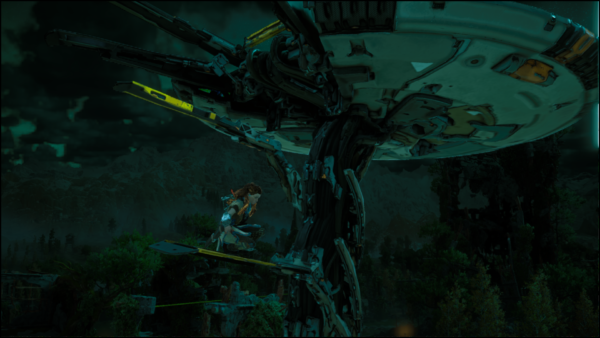
What’s in the engine room?
HZD uses the same Decima graphics engine as the recently-released-on-PC Death Stranding. It’s clear that just because DS worked well on your PC it doesn’t mean HZD will work just as good. Part of the difference is, I think, that HZD has environments that are more densely packed and detailed with NPCs, machines and foliage than that of Death Stranding, which is relatively devoid of life apart from main character Sam Porter Bridges and the BTs he comes across. It doesn’t have robotic machines roaming plains nor other NPCs in villages and townships. The two might be based on the same Decima engine but they’re both very, very different.
I didn’t have any crashes while I played, although after six hours of no problems it just refused to load properly, forcing me to restart, and during one playtest, it decided it would do the optimisation set-up again. I just feel the game needed more attention before it was released. I’ve even heard of people with powerful GPUs like an nVidia GTX2080Ti getting inconsistent frame rates.
When Horizon Zero Dawn on PC works like it’s supposed to, it’s good fun but in its current state, I just can’t recommend you buy it: It needs more work to make it a frustration-free experience.
Personally, I’d wait for a few more patches to iron out the wrinkles before taking the plunge.
